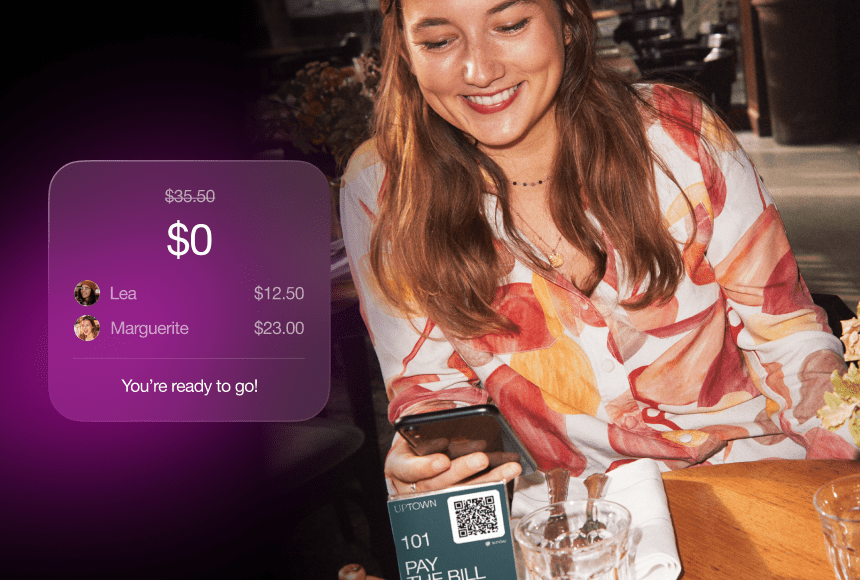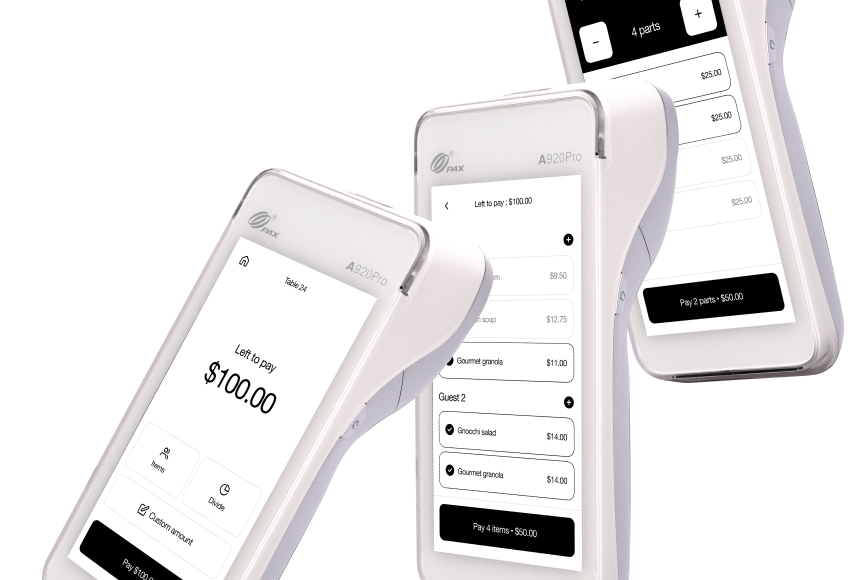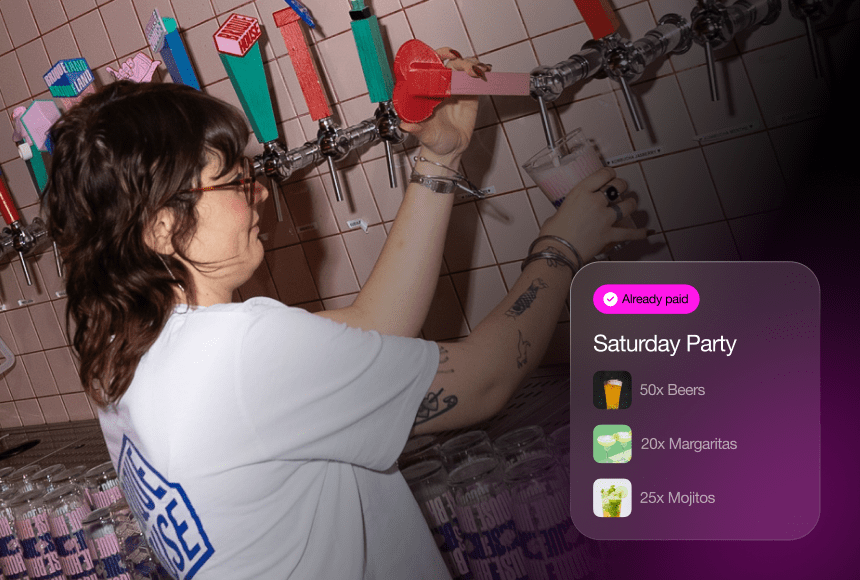
Overcoming the Hurdles to Make QR Code Technology a Natural Part of Dining
Why QR Codes Are Everywhere—Except in Some Restaurants
Picture this: a busy restaurant during a Friday night rush. Diners chat happily, servers gracefully deliver orders, and somewhere on a table lies a neat little QR code, ready to be scanned. But some guests still glance at the code with a bit of confusion or skepticism. This is happening more often than many owners expect, despite the push toward digital menus and contactless payments.
QR codes offer a host of benefits. They save time, cut back on printing costs, reduce wait times, and often simplify payment processes. And yet, not everyone’s on board—there are still common hurdles that can make a restaurant hesitate to dive into QR technology or lead guests to avoid scanning that code. According to National Restaurant Association survey data (Survey shows return to on-premises dining as reopening continues), diners generally crave convenience, but many also harbor concerns about adopting unfamiliar technology.
This article tackles the usual stumbling blocks preventing restaurants from fully embracing QR codes and offers simple ways to remove those barriers—helping you make this technology feel as natural as placing a fork next to a knife.
Barrier #1: Fear That Technology Will Alienate Certain Guests
One of the most common worries is that older or less tech-savvy diners will feel excluded if a restaurant relies too heavily on QR codes. Nobody wants a guest struggling with their smartphone, feeling embarrassed or, worse, leaving in frustration.
How to Ease This Concern
- Offer a Backup Option: Still provide a small stack of printed menus. You don’t need to hand them out to everyone, but have them on standby for guests who request them.
- Train Staff to Help: Show your servers and hosts exactly how to guide a diner through the scanning process—how to open the camera app, hover over the code, and click on the link. A warm, patient approach can turn a daunting experience into a quick learning moment.
- Use Clear Signage: Add short, simple instructions next to your code. Something like “Open your camera, point it at this code, and tap the link” can save time and reduce confusion.
Remember that not all customers will jump on digital menus right away—and that’s okay. By leaving an alternative and encouraging staff to be helpful, you ensure everyone feels welcome, no matter their tech comfort level.
Barrier #2: Concern About Slower Service or Confusion
Many operators worry that QR codes might complicate their workflow or confuse diners who just want to see their menu quickly. Perhaps they’re imagining lines of people fumbling with phones, or staff needing to spend extra time explaining how to scan.
How to Make It an Efficient Experience
- Strategic Placement: Put QR codes where diners naturally look—tabletops, check presenters, signage near the entrance. If it’s easy to spot, guests won’t waste time hunting for it.
- Short, Intuitive Menus: Once someone scans your code, make sure the landing page is straightforward. If your digital menu is cluttered or loads slowly, it could spark frustration. Use clear categories and easy navigation.
- Automated Payment Flow: Consider integrating a solution like sunday—where guests scan a QR code, pay, tip, and leave a review in a single streamlined flow. That means fewer steps for them and less back-and-forth for your servers.
When QR codes deliver convenience rather than confusion, your staff can actually handle more tables with less hassle. The key is to keep it simple. Think of it as adding a new quick-turn lane at rush hour, not an obstacle course.
Barrier #3: Concerns About Internet Connectivity
A typical worry: “What if a guest scans the code and gets an error because our Wi-Fi is weak or their phone signal is spotty?” Especially for those with limited or older infrastructure, it’s a valid concern. Nobody wants to frustrate a diner at the critical moment they decide to pay or view the menu.
Making Sure Connectivity Isn’t a Deal-Breaker
- Provide Reliable Wi-Fi (If Possible): Offer a guest network that’s easy to access. Use a simple network name and no overly complicated passwords. When scanning a code, diners should connect quickly, with minimal steps.
- Opt for a Lightweight Webpage: Keep menu files optimized for fast loading. Avoid huge images that can slow things down. A basic, mobile-friendly site can handle weaker connections with fewer hiccups.
- Display a Backup URL: Place a short, easy-to-type website URL near the QR code. If the code doesn’t scan due to poor connectivity, guests can input the address manually.
If your restaurant has thick walls or spotty cell coverage, invest in a decent router and test your connections from each dining area. A small one-time upgrade can cut down on repeated tech issues that derail the diner’s experience.
Barrier #4: Worries About Hygiene or Appearance
Some restaurant owners feel that a black-and-white square code might clash with their carefully curated decor. Others fret about cleanliness—what if the sticker peels or becomes grimy, sending the wrong message about standards?
Keeping It Clean and On-Brand
- Design Custom Code Elements: Many QR code generators let you add brand colors or logos. You can still keep the code scannable but elevate its look so it fits your restaurant’s theme.
- Lamination and Regular Cleaning: If you place codes on table tents or menus, laminate them. Wipe them down as part of your routine cleaning to keep them hygienic and fresh-looking.
- Subtle Placement Choices: If the starkness of a QR code bothers you, integrate it into your menu design or place it on a small branded card that complements your table settings.
Think of QR codes as part of your restaurant’s style—like table linens or signage. A little design effort ensures they blend in seamlessly rather than feeling like an afterthought.
Barrier #5: Data Security and Privacy Concerns
In a world where data breaches make headlines, guests can be cautious about scanning any random code. They might wonder: “Will this link take me somewhere unsafe?” or “Am I giving away personal data by scanning this?”
Building Trust Through Transparency
- Use Credible URLs: Don’t hide behind cryptic short links if you can provide a recognizable domain. If your restaurant has a custom domain, link the QR code there so diners know it’s official.
- Explain What’s Collected: If you gather any data—like an email address for a loyalty program—be transparent. Let guests know how you’ll use (and protect) their information.
- Showcase Security Measures: Mention encryption or compliance with standards if relevant. For instance, if you use a payment solution like sunday, assure customers it follows industry security best practices.
A little clarity goes a long way. When diners feel safe scanning a QR code on your table, they’ll do it without hesitation and appreciate your honesty.
Barrier #6: Staff Resistance to New Systems
Your team members might worry that switching to QR code ordering or payments will complicate their jobs. If they’re already juggling plates and special requests, learning a new system can feel intimidating.
Making Staff Your Best QR Code Ambassadors
- Involve Them Early: Before you roll out the technology to customers, gather your servers and host staff. Let them try scanning codes. Show them how quickly it loads. Ask for their feedback.
- Offer Consistent Training: Provide short reference guides. Practice sessions help employees build confidence. When they feel competent, they’ll be more excited to show it off to customers.
- Focus on the Benefits: Emphasize how QR code payments or menus can free up time for real hospitality—chatting with diners, upselling specials, and maintaining a relaxed atmosphere instead of constantly running receipts.
If your staff sees the system as a burden, diners will sense that hesitation. By educating and empowering your team, you make QR code adoption smoother for everyone.
Barrier #7: Fear of Losing the Personal Touch
Some owners worry that digital solutions will erode the warmth of dining out. There’s a concern that scanning a code could feel impersonal, removing the friendly back-and-forth with a server about the day’s specials.
Balancing High-Tech with High-Touch
- Highlight Specials in Person: Servers can still engage diners with personal recommendations. The QR code simply offers a quick route to the entire menu.
- Maintain Table Visits: A contactless approach doesn’t mean staff vanish. Encourage servers to check in at key moments—taking orders for drinks, highlighting seasonal dishes, or just ensuring everything’s going smoothly.
- Use QR Codes for Enhanced Experiences: Link them to behind-the-scenes videos or chef notes about dish origins. This transforms the code into a storytelling tool, enriching the meal instead of replacing human interaction.
QR codes should help your staff engage more, not less. By reducing manual tasks (like hunting for a credit card terminal), servers can pour energy into building stronger guest relationships.
Barrier #8: Upfront Costs and Implementation Time
Though QR codes themselves can be cheap or even free to generate, some restaurants worry about the overall project—designing new signage, updating websites or POS systems, and training staff. They might fear hidden expenses or time lost during implementation.
Keeping Costs Manageable
- Start Small: You don’t have to replace every printed menu on day one. Launch a pilot on a few tables or during slower shifts to see how it goes, then expand.
- Leverage Existing Tools: If your website is already mobile-friendly, you’re halfway there. You likely only need to embed a dynamic menu link behind a code.
- Check for Bundled Solutions: Some payment platforms, like sunday, offer an all-in-one approach—QR code ordering, tipping, review prompts, and loyalty integration. Consolidating these functions can save money and time compared to patchworking multiple services.
While a small investment might be needed, the long-term gains—faster table turns, improved guest satisfaction, and reduced printing expenses—often outweigh the initial cost. Careful planning keeps that cost in check.
Encouraging Widespread Adoption: Simple Steps for Success
By now, you’ve seen how to overcome the main obstacles that might keep QR codes from flourishing in your restaurant. Let’s wrap it up with a few simple steps to boost adoption and ensure both staff and diners embrace this technology:
- Make It Visible and Clear: Ensure every table has a neatly displayed QR code, accompanied by short instructions.
- Train and Empower Staff: Show them exactly how to troubleshoot or guide guests. Their enthusiasm (or lack of it) will shape the diner’s experience.
- Test, Then Scale: Start small, gather feedback, and refine. Maybe you learn that people want a direct link to a specials page. Tweak it, then roll out widely.
- Keep Backup Options: Offer a limited number of physical menus. Not everyone uses smartphones or wants to scan codes—cater to them, too.
- Integrate Seamless Payments: Adopt a solution that merges menu scanning with digital checkout (tips, receipts, loyalty), so you simplify the process from start to finish.
Remember, QR codes aren’t just a trend or a pandemic workaround. They’re part of an evolving dining landscape that values convenience, safety, and a hint of interactivity. By smoothing out the rough edges and showing guests why QR codes make their life easier, you set your restaurant up for smoother operations and stronger customer loyalty.
A New Standard—Done Your Way
Adopting QR codes isn’t about replacing what makes your restaurant special. It’s about removing friction from tasks like looking up a menu, splitting the bill, or finding ways to leave feedback. And it offers you precious data to understand your customers’ habits—information you can feed into new offerings or loyalty strategies.
Yes, you’ll face concerns, from tech fears to design quirks. But with transparent communication, thoughtful design, and a few contingency plans (like those backup print menus), you can prove to staff and guests alike that QR codes are not a barrier to good hospitality—rather, they’re an extension of it.
There’s a certain grace in blending tradition with innovation: crisp white tablecloths paired with an easy-scan code that unlocks a world of menu details. Whether you run a casual café or a formal bistro, it’s possible to integrate QR technology in a way that feels natural, modern, and inclusive. Address the common fears proactively, keep things simple, and watch how quickly your guests adapt—making QR codes a welcome part of their dining experience.
Find out more today
Drop us your details below and we’ll reach out within the next 24h



